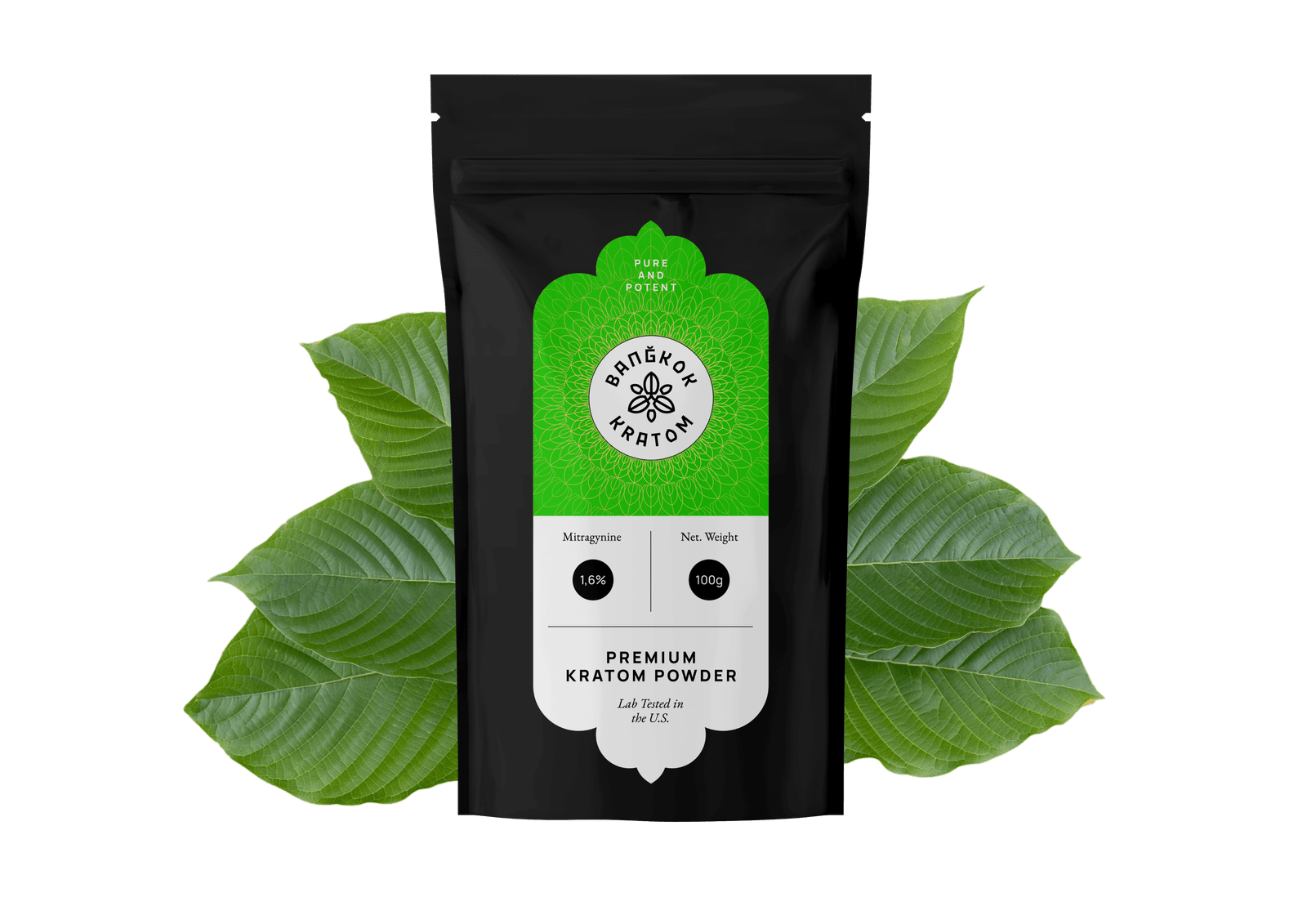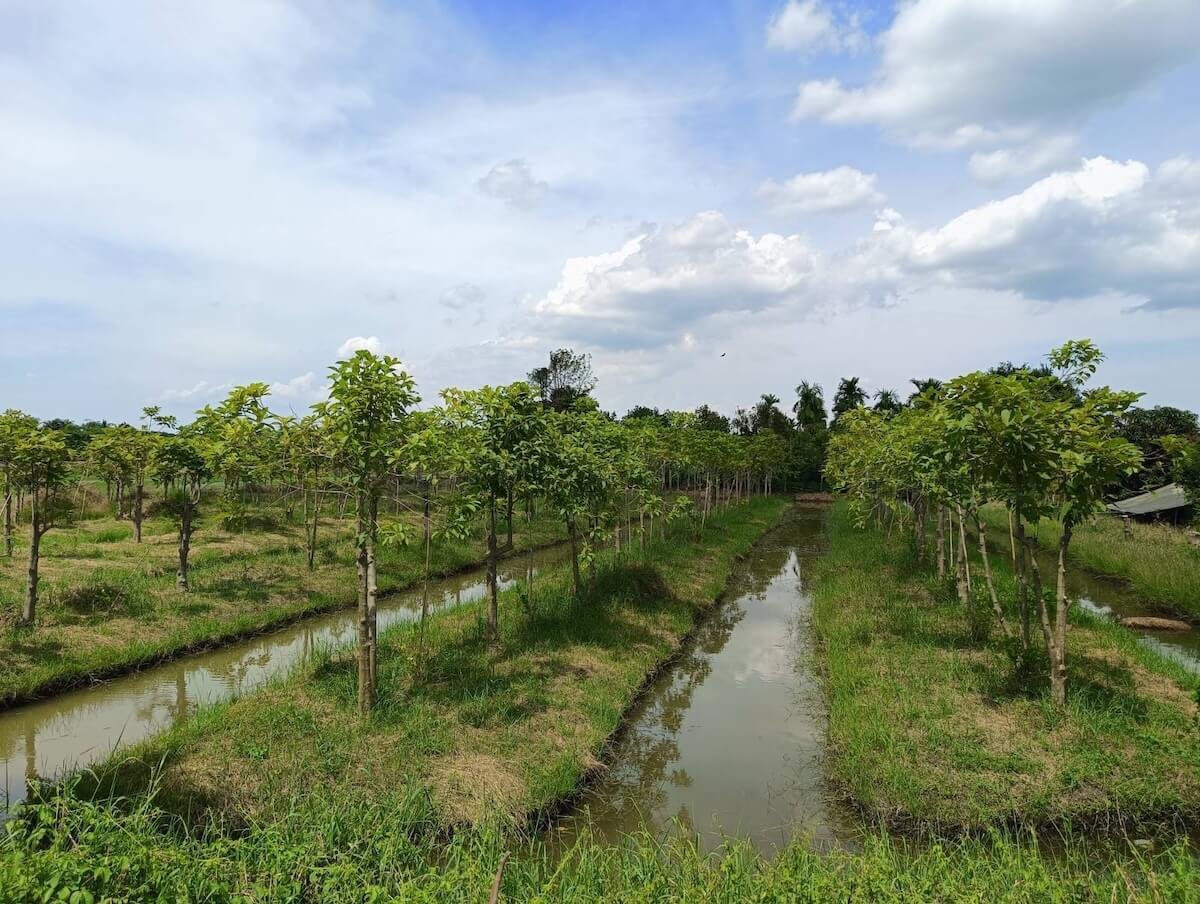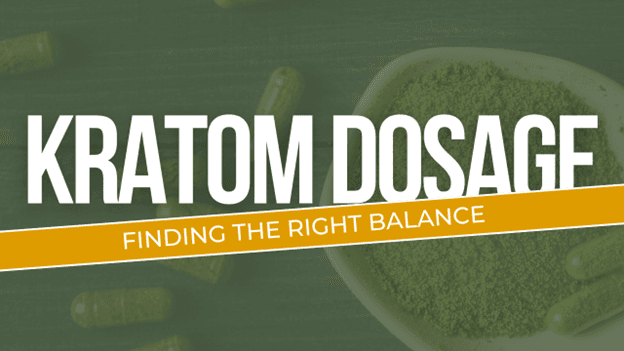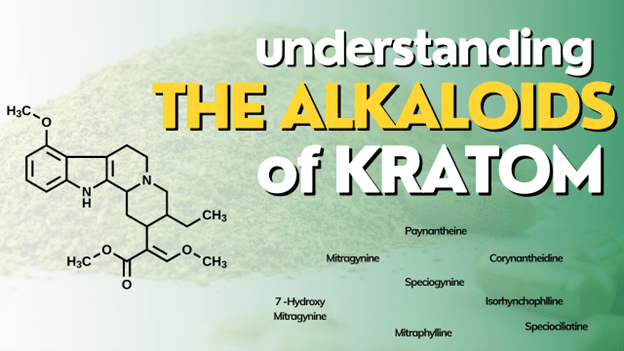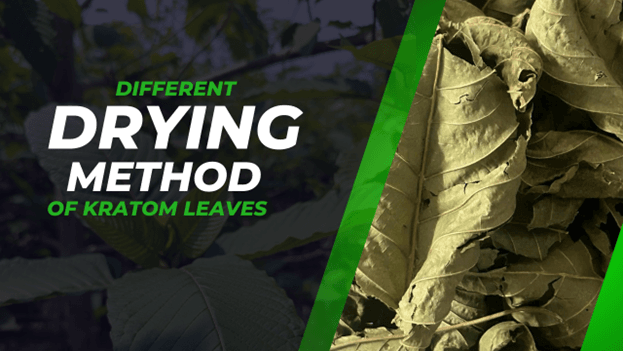
Understanding Kratom Vein Colors
November 18, 2024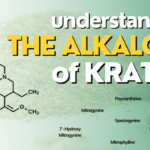
Understanding Kratom’s Alkaloid Profile
November 18, 2024Guide to Kratom Drying Methods: How They
Impact Quality and Potency
Explore the various kratom drying methods,
such as sun-drying, fermentation, and UV light-drying. Learn how each process
affects kratom powder’s quality, color, and potency to enhance your kratom
experience.
Why the Kratom Drying Process Matters
Kratom drying methods are essential for
producing high-quality kratom powder. After harvesting, kratom leaves contain
moisture that can lead to degradation over time. The drying process not only
preserves the leaves but also influences the levels of active alkaloids like
mitragynine and 7-hydroxymitragynine, which are responsible for kratom’s
effects. Choosing a method that balances drying speed with alkaloid
preservation is key to creating premium kratom powder.
Top 5 Kratom Leaf Drying Techniques
Each kratom drying technique
produces a unique alkaloid profile, impacting the effects of kratom powder.
Here are five of the most common methods and their impact on quality.
1. Sun-Drying
Sun-drying, a traditional kratom leaf
drying technique, exposes kratom leaves to direct sunlight, allowing
natural moisture removal.
- Benefits: Sun-drying gradually
enhances the alkaloid profile, while UV rays help disinfect the leaves,
producing a pure kratom powder.
- Drawbacks: Inconsistent results can
occur; too much sunlight may degrade some alkaloids, while insufficient
exposure can increase mold risk.
Sun-dried kratom powders often have a
darker color, and this method is commonly used for Red Vein kratom.
2. Indoor Air-Drying
Indoor air-drying preserves a wider range
of kratom alkaloids by shielding leaves from direct sunlight. Leaves are kept
in ventilated spaces for consistent drying.
- Benefits: This method helps
preserve sensitive alkaloids by avoiding UV exposure and reducing
contamination risks.
- Drawbacks: Air-drying can be slower
than sun-drying, requiring patience for consistent results.
Indoor air-drying is ideal for Green
Vein kratom, known for its balanced properties.
3. Fermentation: Boosting
7-Hydroxymitragynine
Fermentation places kratom leaves in a
humid, controlled environment, allowing them to ferment before drying.
- Benefits: This process enhances
7-hydroxymitragynine levels, making fermented kratom (such as Bentuangie)
known for potent effects and a distinct aroma.
- Drawbacks: Requires careful
monitoring, as over-fermentation can lead to excessive darkness or mold.
Fermented kratom also has a stronger taste that may not appeal to
everyone.
4. UV Light-Drying
UV light-drying is a modern technique where
leaves are dried indoors under controlled UV light.
- Benefits: UV light-drying
accelerates the process while preventing mold growth. This method is
popular in commercial settings for producing safe, consistent kratom
batches.
- Drawbacks: Some delicate alkaloids
may degrade under UV light, potentially reducing potency.
White Vein kratom powders often use UV light drying, resulting in a clean, bright
appearance and balanced alkaloid content.
5. Hybrid Drying: Combining Techniques
for Optimal Potency
Some producers use hybrid methods to
customize kratom’s effects. For instance, air-drying may be followed by a short
sun-drying phase to achieve specific colors or textures.
- Benefits: Hybrid methods allow
producers to control alkaloid profiles precisely, yielding high-potency
kratom powder tailored to consumer needs.
- Drawbacks: Requires precise timing
and control, as hybrid drying can lead to inconsistencies if improperly
managed.
How Drying Methods Affect Kratom Powder
Quality
The drying method significantly impacts
kratom powder’s color, potency, and alkaloid composition. While kratom vein
colors are often used as marketing terms, the drying process is more
influential in determining kratom’s properties.
- Red Kratom Powder: Typically a
result of sun-drying or fermentation, creating a darker, potent powder. Note:
Excessive darkness may indicate the use of burned or over-dried leaves,
which is not ideal—kratom should retain a slight greenish hue.
- Green Kratom Powder: Usually
air-dried in shaded areas, preserving a bright green color and balanced
alkaloid profile.
- White Kratom Powder: Typically
produced with UV drying, achieving a pale color and higher mitragynine
content.
For more detailed information, see our
blog, “Kratom Vein Colors: Facts and Misconceptions,” which discusses
kratom vein colors and effects in depth.
Choosing Quality Kratom Based on Drying
Methods
Selecting high-quality kratom requires
understanding the drying process. Whether kratom is sun-dried, air-dried,
fermented, or even oven-dried, each technique impacts the alkaloid profile and
potency. Reputable vendors prioritize these methods to produce pure, effective
kratom powder. Look for kratom that is lab-tested, certified, and free from
contaminants to ensure a high-quality product.
Responsible Use and Conclusion
To experience the best that kratom has to
offer, choose powder from vendors who use safe drying methods and prioritize
quality control. Remember, kratom is most effective and safe when used
responsibly. Choosing the right kratom powder from a trusted source allows you
to enjoy the unique properties that each drying method offers confidently.
Disclaimer
The content provided in this blog is for
informational purposes only and based on publicly available scientific research
and personal opinions. It is not intended as a substitute for professional
medical advice, diagnosis, or treatment. Always seek the advice of your
physician or a qualified healthcare provider for any medical concerns. Do not
disregard professional advice or delay seeking it because of something read
here.
Use at Your Own Risk:
All information presented is used at the reader’s discretion. The author is not
responsible for any outcomes, damages, or losses resulting from the use of this
information. Always consult with a professional before making decisions related
to your health, legal matters, or financial investments.
No Guarantees of Accuracy:
Efforts have been made to ensure the accuracy of this information. However,
research on kratom and related topics is ongoing. This blog does not guarantee
the completeness, reliability, or accuracy of its information.
Not a Substitute for Legal or
Professional Advice:
This blog does not provide legal or medical advice. For such services, consult
with qualified professionals.
Product Endorsement:
Mentions of specific products or third-party websites do not imply endorsement,
recommendation, or guarantee of quality. External links are provided for
convenience, and the author is not responsible for external content.
Legal Liability:
To the fullest extent of the law, the author disclaims liability for any
direct, indirect, or consequential losses resulting from the use of this
content, including but not limited to legal disputes or health issues.
Comments and User-Generated Content:
User comments reflect their views, not the author’s. The author reserves the
right to edit or remove comments deemed inappropriate.

